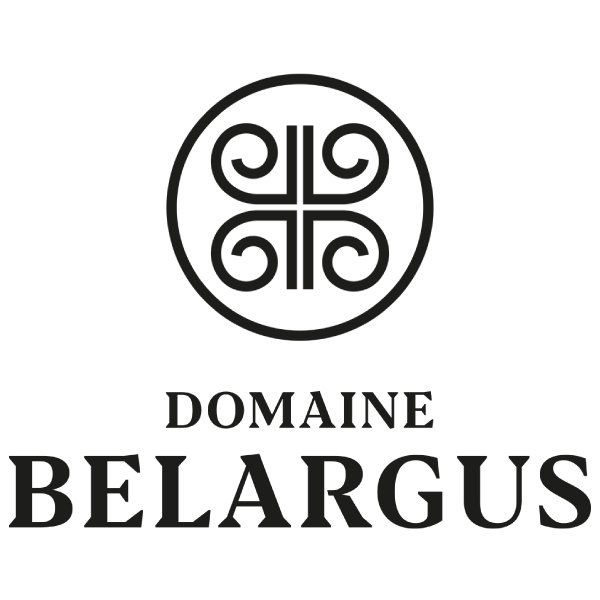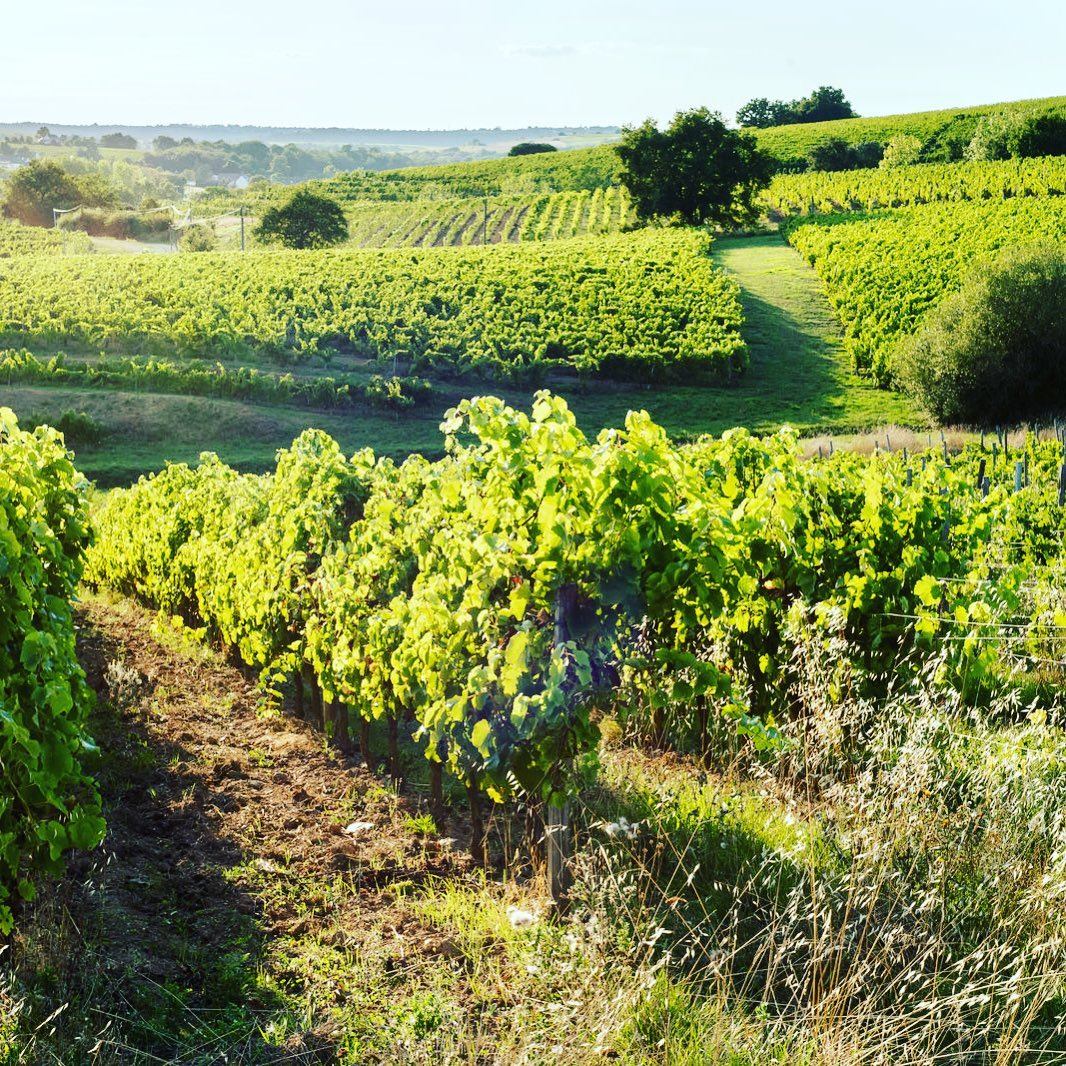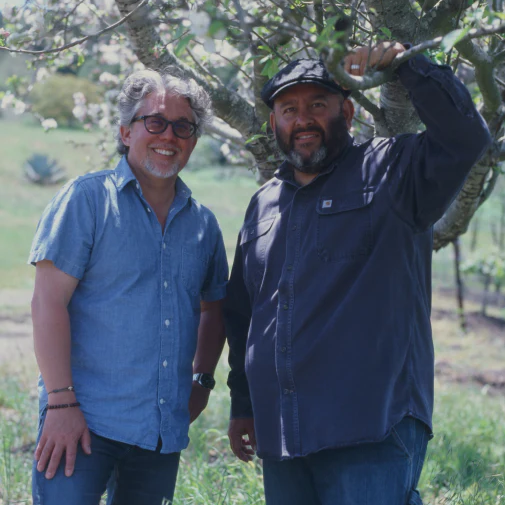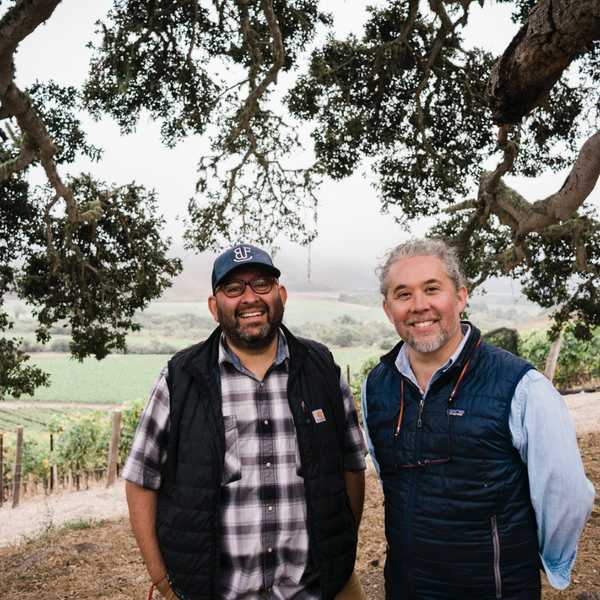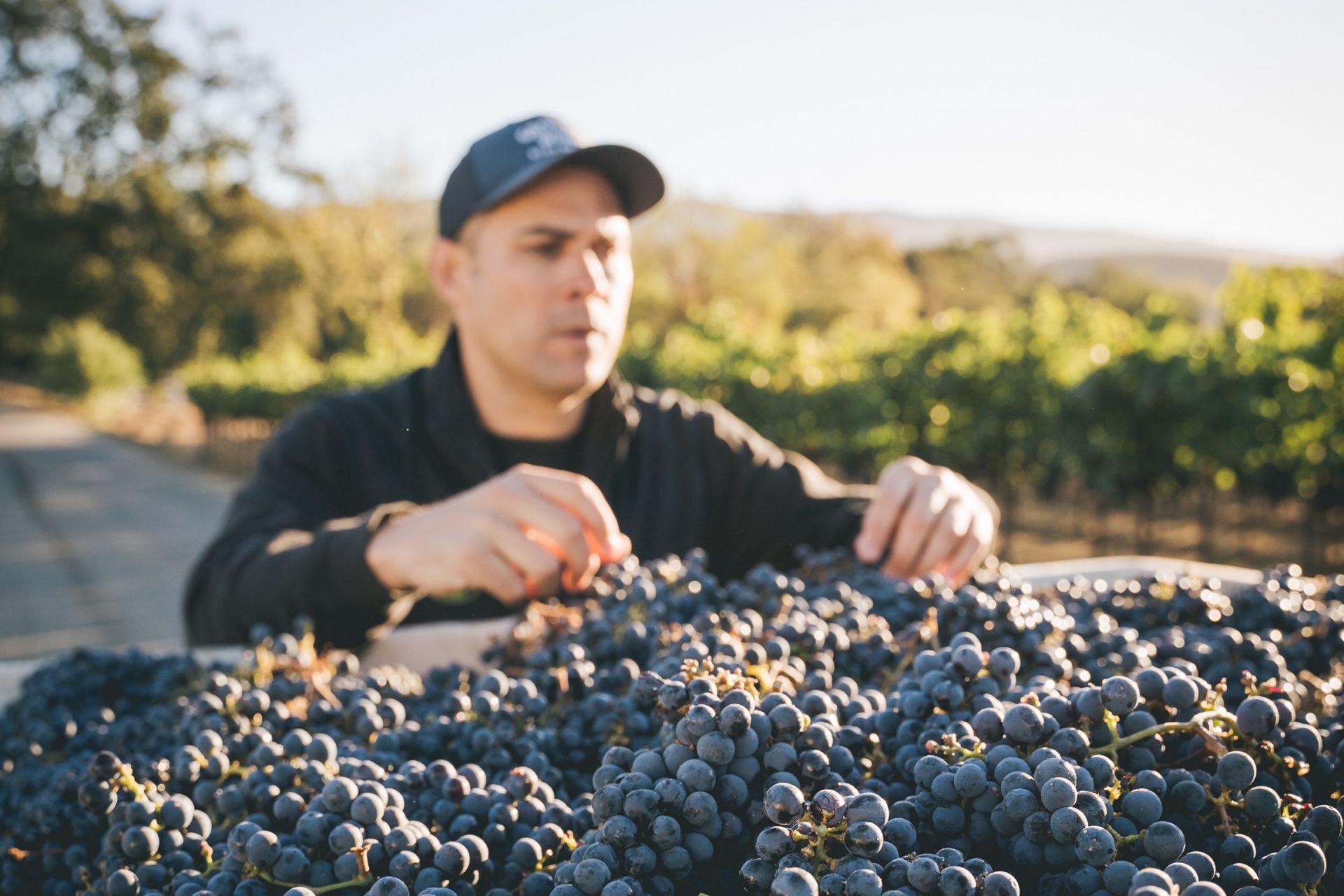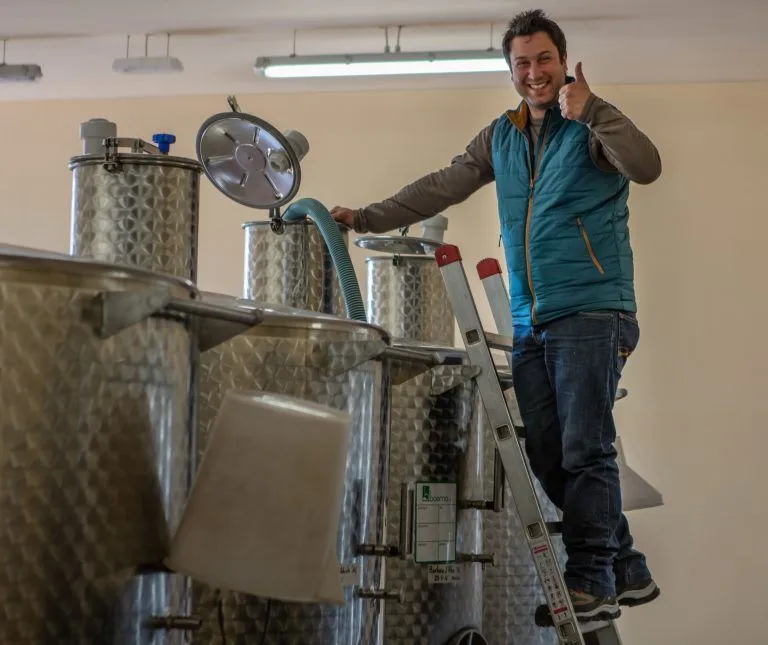Domaine Belargus
Quarts-de-Chaume Grand Cru, Coteaux-du-Layon, Savennières, Anjou
Chenin and only Chenin, highlighting millennium old parcels as they were originally partitioned & planted by the medieval church.
Domaine Belargus is the recently born Domaine of wine visionary Ivan Massonnat, a conglomeration of three retiring estate’s prestigious holdings. Ivan has acquired and consolidated under this banner 24 hectares of millennium old parcels in passionate pursuit of the heart and soul of the Anjou and its bewitching vehicle, Chenin Blanc. This includes no less than 10ha (a quarter!) of the Loire Valley’s only Grand Cru: the famed Quarts-de-Chaume. Several more of the most illustrious monopoles and premier cru’s of Chenin Blanc now live under the Belargus aegis, seeking to capture in one estate and one variety fourteen (and counting) different micro-climates and soils from Savennières to Saint-Lambert du Lattay.
Ivan has assembled not only these hallowed sites but also a team of Loire legends and precocious young talent alike to manage both the vineyards and the cellars in their shared pursuit. Ssince inception the Belargus project has been designed as a team adventure, bringing together young talents like winemaker Adrien Moreau (who has worked at Ch. Cheval Blanc, Ch. Haut-Brion, Harlan Estate, and Roederer) and vineyard manager Amaury Chartier (formerly of Roc d’Anglade), alongside iconic Loire pioneers who are passing the torch, the elders Jo Pithon (of Pithon-Paillé) and Guy Bossard (of Domaine de l'Ecu, who recently passed—a truly gifted vigneron, RIP).
Among their most remarkable holdings are the Quarts-de-Chaume Grand Cru*, the center of gravity for the Estate with ten hectares in one solid piece, Centered around the three plots historically composing the appellation. Yet their most prestigious plots are two monopoles that are tended with the utmost care. First, the Coteau des Treilles, Jo Pithon’s life’s work: a breathtaking, steep (70% inclined!) hillside plot that had fallen fallow after WWII, today located in the heart of a classified Natural Reserve. And on the other side of the river, speaking for Savennières, is their Clos des Ruchères monopole, planted on a rare purple schist at the base of La Roche-aux-Moines.
This whole project is essentially a wine lover's dream come true. Like Burgundy, the hillsides of Anjou were planted by monastic orders and through centuries of observation they were intuitively parcelled into distinct vineyards starting in the 11th century, their wines gracing the tables of royalty in France and beyond for almost a millennium with Chenin Blanc reigning supreme. In a time before sugar was easily had, sweet wines were God’s greatest gift, and it is ironic that today these most prestigious terroirs have fallen from our attention. While grapes continued to ripen for dessert wines, earlier passes through the vineyards (tries) were undertaken to have a ‘consolation prize’ of sorts, in case late vintage weather destroyed the crop before dessert wines could be harvested. Ivan’s vision was to follow in Jo Pithon’s footsteps and dedicate the same energy and resources to creating their dry wines without abandoning the patrimoine of their sweet wines, even though if the demand for the dry could completely sell out without effort.
It should be understood that following the second world war, a demographic shift and a agronomic shift collided head on. Young people began leaving the farm in numbers that mimicked and outpaced the industrial revolution, looking for brighter futures in the city as an onslaught of ‘technical innovations’ and their vicissitudes both alleviated labour needs while wreaking profound havoc on this wine region, not unlike so many others. In some ways, the descent of interest in pricey and laborious dessert wines is what saved the Anjou from becoming the mono-cropped sea of vines we see emerge in the other great prestige regions of European wine. The mosaic of millenary terroirs and intuitive walled clos remain to be revitalized, and Domaine Belargus has taken up this charge with Ivan’s resources and unswerving passion making it all possible.
The Domaine’s vineyards are all farmed biodynamically to bear out the vibrant panorama of their sites—Pithon’s original holdings having been Biodynamic for a half century now (!), the vines dotting an origami patchwork of sand plateaus, the sun-drenched hillsides, croups sculpted by wind.
The chaos of soils and bedrocks here are the result of the collision of the European and African super continents and this unique situation on the seam between the Paris Basin and the Amorican Massif gives a panoply of différence. Each site reveals its own chiselled character. They sing the depths below them: the mingling purple shists, magmatic rocks, rolled pebbles, the fine clays, all the life-giving complexity of the soil we rely on. You can taste the work of the roots, plunging deep through these strata to carry all that complexity and mineral finesse to we, the eager lovers of Chenin above. We can hold and inhale and taste it all.
This environment is home not only to grapes but to thousands of native species: fragrant heather, wild flowers, medicinal plants, colourful shrubs, a diverse explosion of life. This microcosm belongs to all these life forms and, depending on the hours and the seasons, to grasshoppers and bats and sheep and birds also. Belargus goes out of its way to honour this fact of life. And Life repays the favour in the symphonic flavours in these wines.

